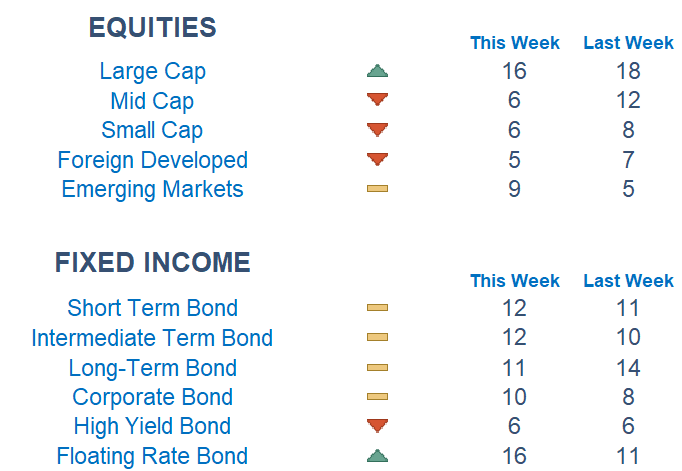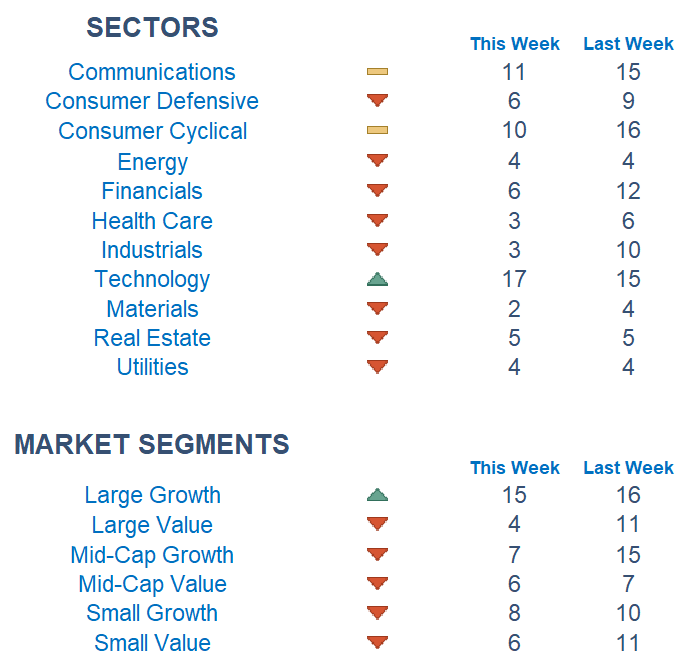Although market indexes were up last week, our model readings slipped outside of large-cap growth and technology.

This Week on Wall Street - Week of May 30th
Market Commentary
Although market indexes were up last week, our model readings slipped outside of large-cap growth and technology. This was due to Nvidia's blockbuster earnings report which led to buying exuberance in technology and semiconductor names. By the end of the week, this optimism finally pushed the S&P 500 past the key 4,200 resistance level. This optimistic breach is being overshadowed by a lack of breadth, however.
Over the weekend, talks progressed on the debt ceiling. President Biden and Speaker McCarthy signed off on an agreement to temporarily suspend the debt ceiling and cap some federal spending. This extension, notably, will last past 2024 meaning Congress would not need to address the issue until after the upcoming Presidential election.
This week we get more data on the strength of the labor market. Economic data has been surprising to the upside, and with inflation still sticky, the chances of a Fed rate hike in June are increasing. There is a 62% chance of a hike compared to just 25% one week ago.
Among sectors, the only area grading out well is Technology. Energy, Health Care, and Industrials are at the bottom of the pile. Picking names with relative strength within most sectors has remained the dominant and most effective strategy.

What is Newton?
r Newton model attempts to determine the highest probability of future price direction by using advanced algorithmic and high-order mathematical techniques on the current market environment to identify trends in underlying security prices. The Newton model scores securities over multiple time periods on a scale of 0-20 with 0 being the worst and 20 being the best possible score. Trend & level both matter.

Economic Releases This Week
Monday: Memorial Day
Tuesday: S&P Case Shiller Home Price Index, Consumer Confidence, Richmond Fed President Speaks
Wednesday: ADP Employment, Jop Openings, Philadelphia Fed President Speaks, Fed Beige Book
Thursday: Initial & Continuing Jobless Claims, ISM Manufacturing, US Productivity
Friday: Jobs Report

Technical trading models are mathematically driven based upon historical data and trends of domestic and foreign market trading activity, including various industry and sector trading statistics within such markets. Technical trading models, through mathematical algorithms, attempt to identify when markets are likely to increase or decrease and identify appropriate entry and exit points. The primary risk of technical trading models is that historical trends and past performance cannot predict future trends and there is no assurance that the mathematical algorithms employed are designed properly, updated with new data, and can accurately predict future market, industry and sector performance.
